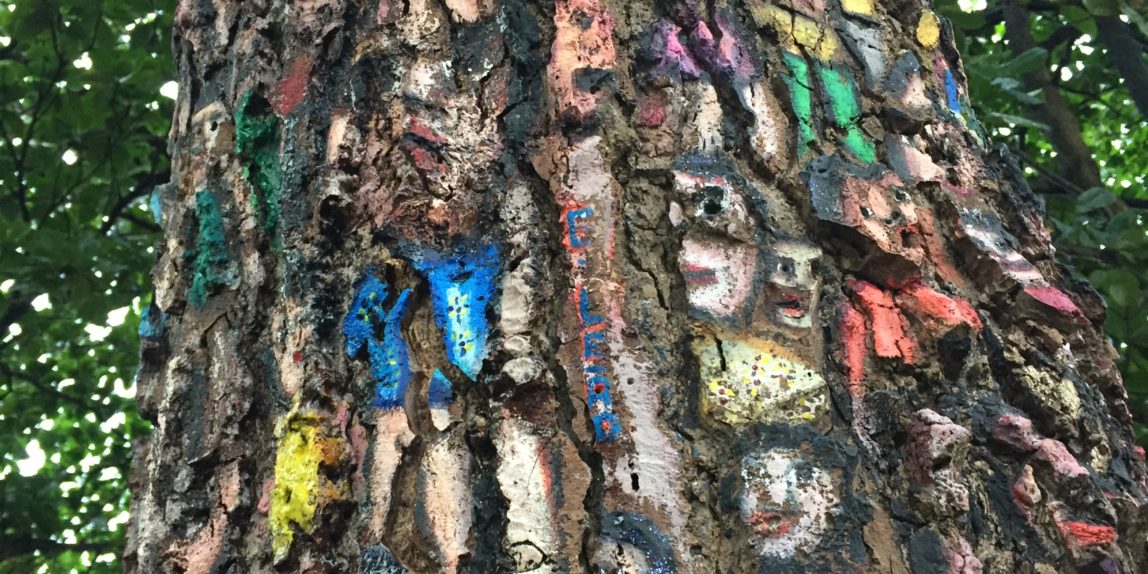…It was only out of boredom (and a nagging feeling of loneliness) that Henrí Bazín decided to start the project. His time for leisure was abundant, having just finished the sculpture of the chancelor’s wife, which had been commissioned last April. Bazín decide it was time to take on his own venture and, in a few months, he finally completed his vision. A sculpture; considered by many to be the epitome of his work. The figurine was of Bazín himself and was incredibly life-like, an exact replica of his body. Bazín the sculptor revered Bazín the sculpture. He cherished his creation so much so that he began to think of the piece as a living and breathing being.
One morning, the statue came to life. Bazín did not rationalize how it had happened, he was just delighted to have a companion who could understand him. Bazín taught his effigy the inner-workings of his own mind. He read him his favorite poems and played him his favorite music. They discussed philosophy at dinner where Bazín cooked his favorite food. Bazín felt such a connection with his masterpiece that he taught him all he knew about sculpture, the figure caught on quickly and soon became a master artist himself.
Bazín’s creation soon grew weary of staying in the dilapidated apartment they called home, he longed for bigger and better things. He wanted to use all the knowledge he had acquired from Bazín and use it to become a sculptor himself. On the morning of Saturday the third of February, the effigy left Bazín, leaving no trace.
Bazín was devastated. He stopped reading, he stopped listening to music, he stopped eating, his sculpting tools lay unused in his workshop. He spent hours of his day motionless, not able to harness the energy to move. Bazín stopped leaving his apartment. He stood rigid, filled with sadness, gathering dust in his own home.
————————-
It was on a September morning years later when Bazín’s creation completed his final, and arguably best, work as an artist. It was a sculpture of himself, an exact replica of his own body…
